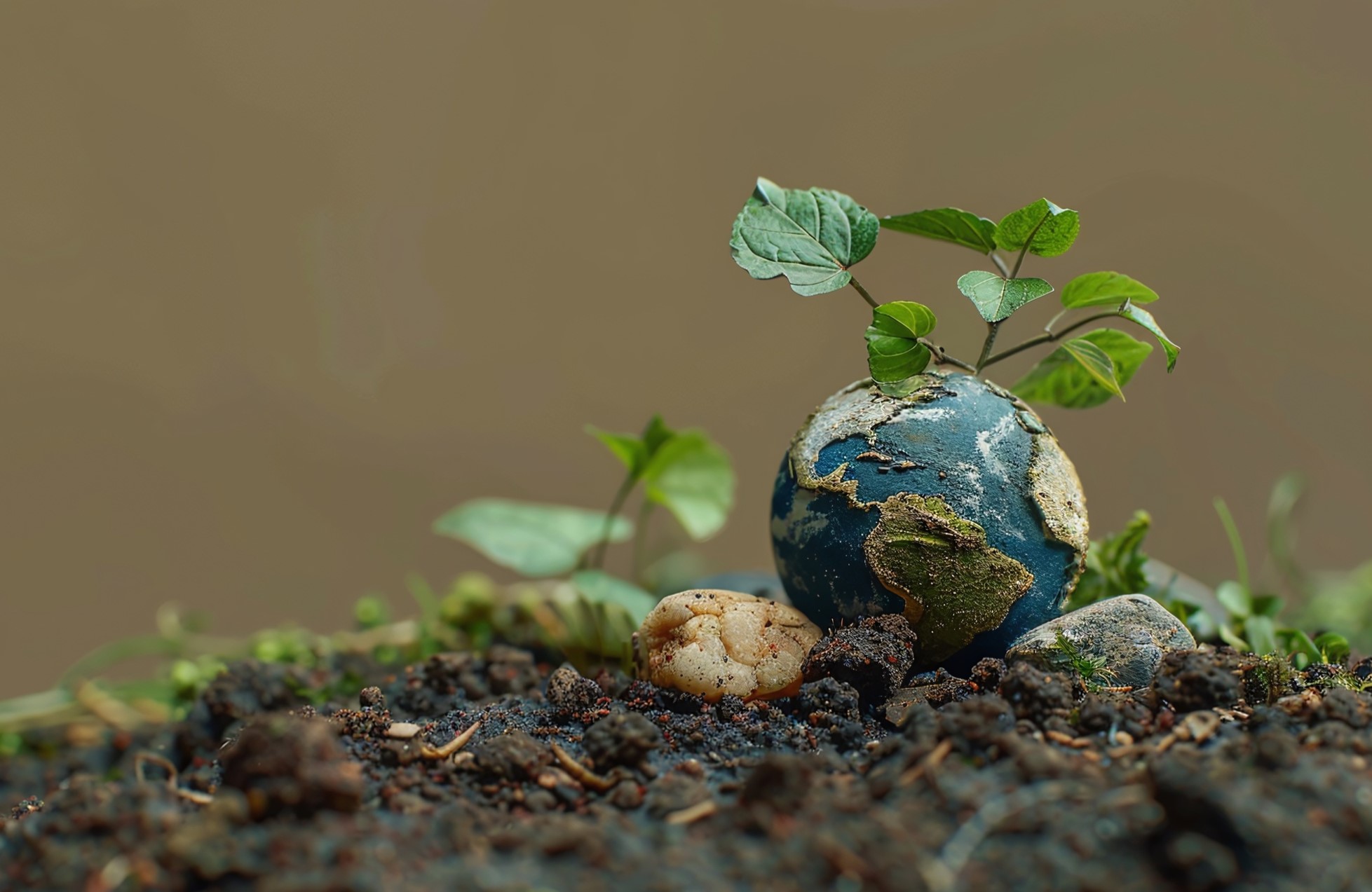The provision of food is very vital in the sustenance of life and this is through agriculture but then again agriculture is one of the leading causes of environmental depletion. It is noteworthy that traditional farming practices have affected the planet in negative ways – deforestation, soil depletion, water scarcity, and greenhouse gas emissions. But that is where sustainable agriculture comes in. It is evident that through sustainable agriculture, one is able to minimize the negative impact of farming practices while at the same time feeding the world in the future. In this blog post, I will be looking at five sustainable agriculture practices that can be used to save our planet.
- Agroforestry: The role of Trees in farming Systems
This is a practice of growing trees and shrubs together with crops or animals. It also assists in preventing soil erosion, aiding the development of biological diversity, improving water control, and carbon storage. Some of the benefits of trees include; they offer shade to crops and animals, contribute to soil fertility through the decomposition of the leaves and offer habitat to wildlife. It also has economic returns for the farmers through income diversification from fruits, timber and other tree products.
- Crop Rotation: Restoring Soil Health
Crop rotation is an old practice in agriculture whereby different crops are grown in a particular field at different times of the year. This assists in preserving the fertility of the soil as it will be replenished with nutrients and will not harbor pests and diseases. For instance, legumes can contribute to nitrogen fixation in the soil; thus, limiting the use of artificial fertilizers, and crop rotation with plants that have taproots enhances the improvement of the soil structure and averts soil erosion. Because it helps to retain fertility of the soil, crop rotation decreases the frequency of using chemicals in the long run and enhances the production of crops.
- Conservation Tillage: Protecting Soil Structure
Conservation tillage or no-till farming involves the least amount of tillage as it leaves crop residues on the field after harvest. Conventional practices of tilling may result in soil erosion, compaction and loss of organic matter which are all negatives to the health of the soil. In contrast, conservation tillage improves water infiltration, reduces erosion, and enhances the soil’s ability to retain nutrients. This practice also helps sequester carbon in the soil, mitigating the effects of climate change. By protecting soil structure, conservation tillage contributes to more resilient and sustainable farming systems.
- Organic Farming: Eliminating Chemical Inputs
Organic farming is agriculture that avoids the use of synthetic chemicals such as pesticides, herbicides, and fertilizers. However, it uses no chemicals to improve soil productivity and suppress pests, but instead it uses techniques like composting, crop rotation, and bio control. Organic farming provides habitats for the useful insects and microorganisms which are essential in the conservation of the ecosystem. Moreover, organic farms utilize less energy and water, and therefore, are more environmentally friendly than conventional farms. This method of farming is beneficial to the environment because it does not allow the use of hazardous chemicals and it is also beneficial to consumers because the food produced is safer.
- Water Management: Irrigation and Rainwater Management
The article shows that water is one of the most important inputs for agriculture, but many farming practices either squander or contaminate water. Conservation of water requires skills such as drip irrigation whereby water is supplied to the root of the plants and not evaporated or flow away. Rain water harvesting structures can be used to harvest rainwater and store it for future use thus minimizing the exploitation of groundwater. Practical management of irrigation does not only save water but also energy and prevents soil erosion from excessive irrigation.
Conclusion
Sustainable agriculture is the solution to environmental problems that come with conventional farming practices. This means we can develop sustainable farming practices that are efficient, sustainable, and environmentally friendly such as agroforestry, crop rotation, conservation tillage, organic farming, and efficient water management. They also preserve the earth and at the same time make sure that there is enough food to feed the future generations. In a way, as consumers we can also help the cause of sustainable agriculture by choosing to eat healthier and more sustainably farmed foods.
